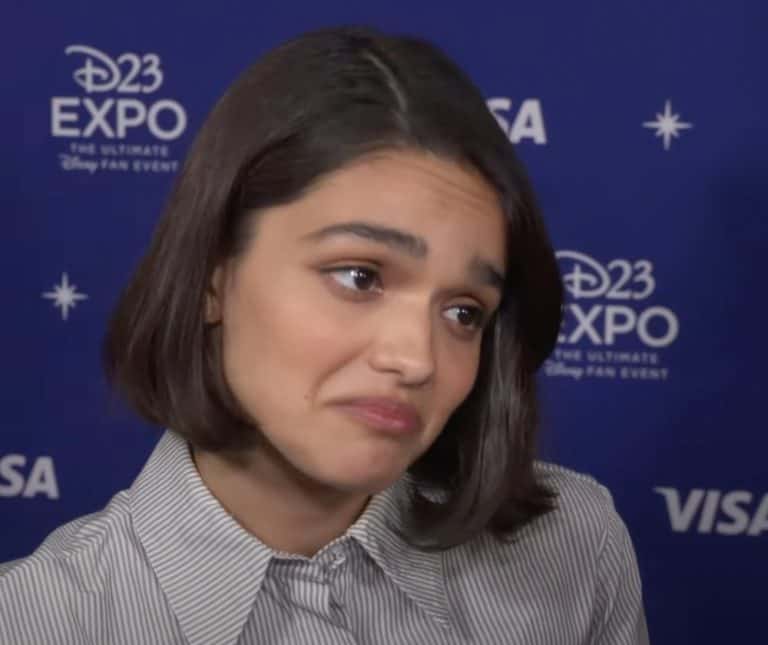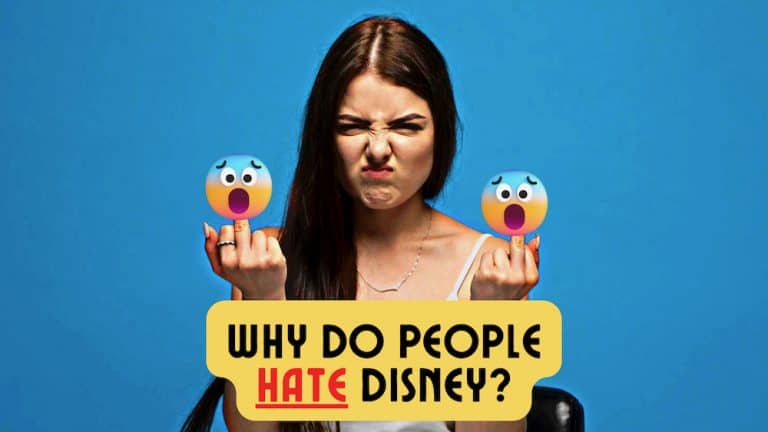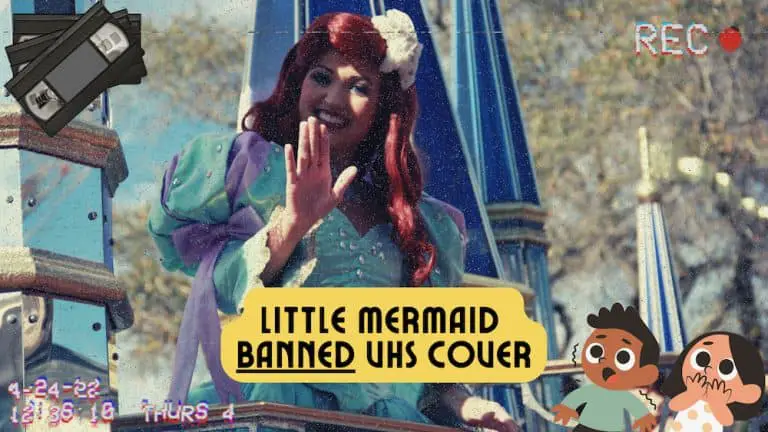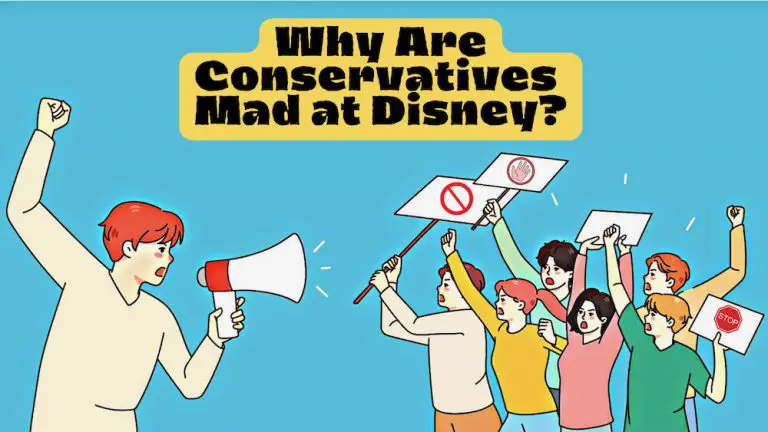8 Winnie the Pooh Characters and Their Mental Disorders
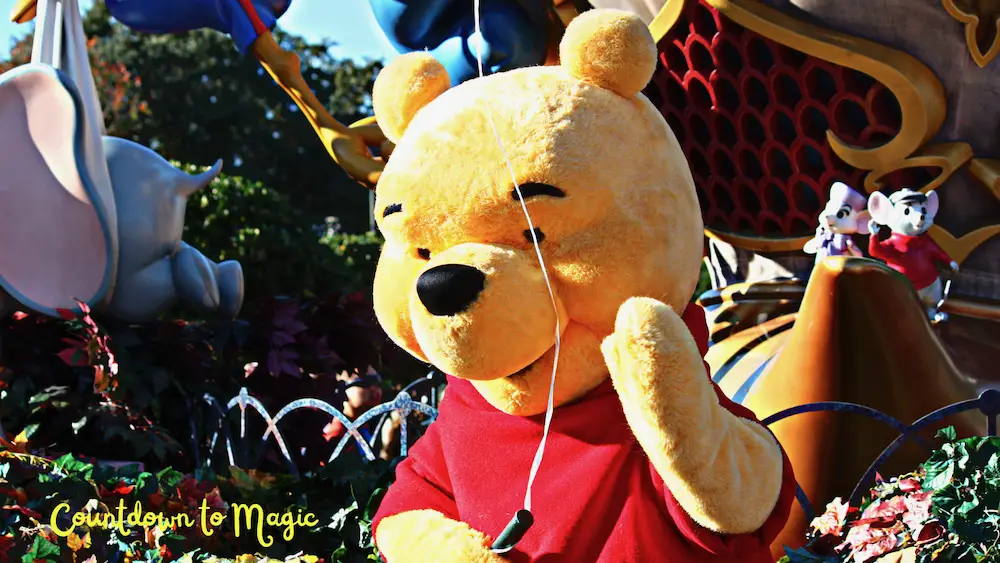
Winnie the Pooh characters and mental disorders don’t seem to be two things that go together initially, but the more you think about it, the more it makes sense. So I thought it would be fun to examine these longtime characters and see which characters might be suffering from certain mental disorders, and how exactly we can diagnose that by their well known behavior.
Winnie the Pooh Characters and Their Mental Disorders
Let’s of course begin with Winnie the Pooh, who I’d say is suffering from a healthy mix of OCD and an eating disorder!
Winnie the Pooh: OCD & an Eating Disorder
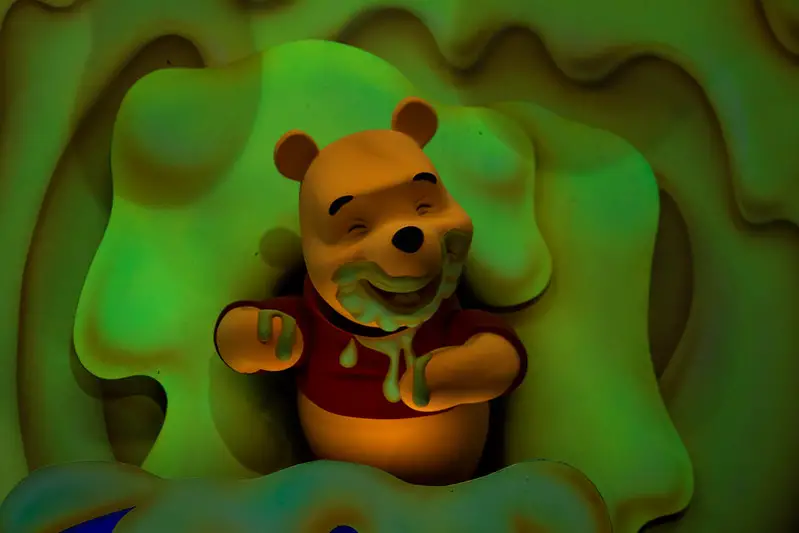
Let’s start with our favorite character, the hard-not-to-love Winnie the Pooh. This innocent teddy is packed with good intentions, but let’s face it, our friend has a few concerning traits. Chief among them is his OCD (Obsessive Compulsive Disorder), a disorder that causes unwanted thoughts and fears that can lead to obsessive and repetitive behaviors.
On the surface, Winnie the Pooh is a charismatic bear obsessed with counting and hyper fixated on honey. It’s cute—but it’s also a red flag. Pooh’s unhealthy obsession with honey, and doing whatever he can to get his hands on it, is a clear sign of a binge eating disorder.
Before we get too judgmental, remember that while he isn’t without his flaws, he’s also a thoughtful and insightful character who will go to great lengths to help his friends. While OCD is no joke, it’s also very real, with over 2 million adults in the United States alone experiencing symptoms.
- You May Also Like: Disney Characters That Start with J
Tigger: ADHD
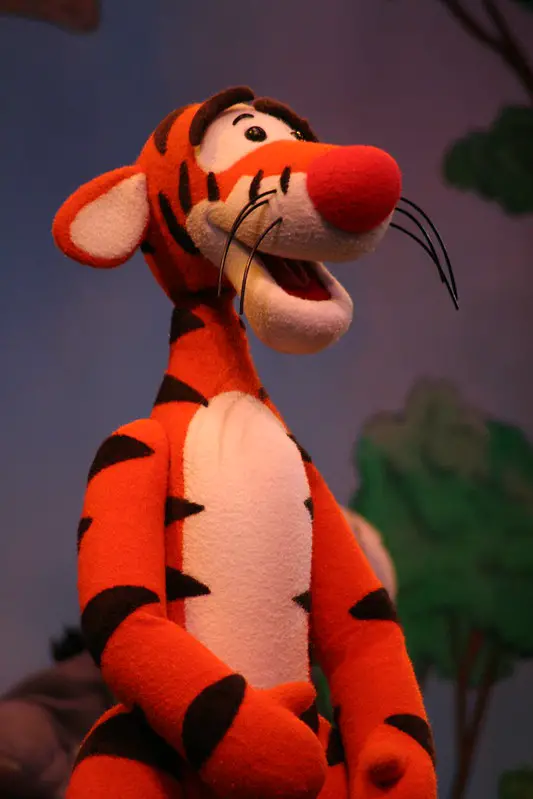
Okay, we all love Tigger, but let’s be honest and say that this one isn’t hard to guess. ADHD (Attention Deficit Hyperactivity Disorder) is characterized by excitability, hyperactivity, the inability to sit still, and impulsivity. Come on, you know this is what Tigger is wrestling with!
That’s right, the things we love most about our dear friend Tigger could actually be representative of a mental disorder. Have you ever wondered why Tigger is constantly bouncing? Or why he comes across as a bit absent minded at times?
Nevertheless, Tigger brings so many positive traits to the table, such as his positive energy and inspiring messages about self appreciation and individuality.
- You May Also Like: Why Are Conservatives Mad at Disney?
Piglet: Anxiety
Ah Piglet—this is a character that resonates with me. When we first meet Piglet, he’s timid, shy, and all around insecure. His small size makes him vulnerable, and his fear lowers his self esteem. Piglet seems to be in a constant state of worry, whether or not the threat is warranted.
This is such a relatable character trait that it’s hard to call it a disorder. But that’s what makes Piglet one of the best role models in the Hundred Acre woods. He may be one of the smallest characters, but his heart is one of the biggest.
One of the reasons why Piglet is a standout character in my opinion is his ability to consistently overcome his “disorder,” setting aside his fears to defend his friends against enemies bigger than he is. His courage is admirable and something people who struggle with anxiety (myself included) strive towards. And while we’re on the topic of disorders, let’s not ignore the touch of OCD that clearly follows our small friend. But as someone who appreciates a ridiculously clean kitchen, I’ll let it slide.
- You May Also Like: Disney Subliminal Messages
Eeyore: Depression
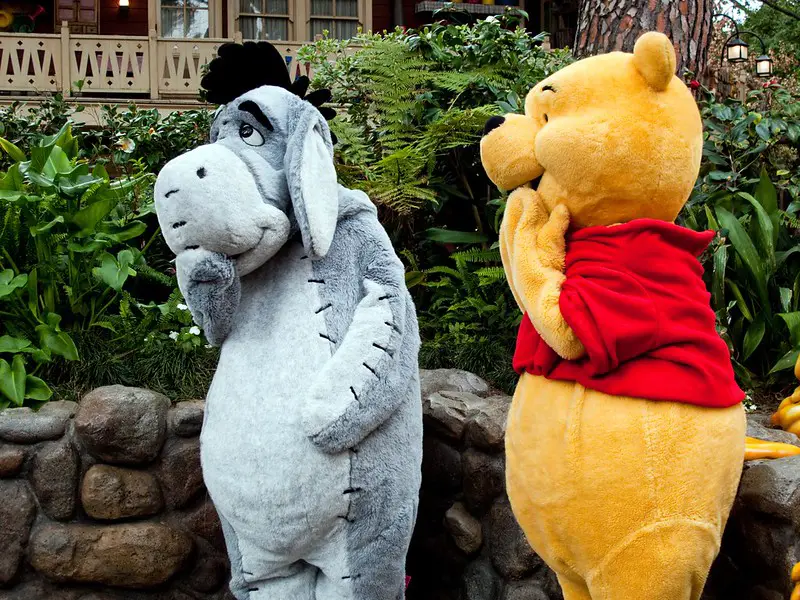
Now Eeyore is the walking embodiment of Winnie the Pooh characters with psychological disorders, but it doesn’t make us love him any less. It’s true, Eeyore is in a constant state of gloomy, self despair. With well known statements like “thanks for noticing me,” it’s clear this is a character with a big heart, and a lot of weight on his shoulders. It’s clever and it’s cheeky in a “straight out of a children’s book” sort of way, but it’s actually heartbreaking.
While we can deduce from the characteristics of other characters what kind of mental disorder they may be suffering from, as I mentioned in the beginning, I don’t believe most of them were originally written this way. Eeyore seems to be the only exception, suffering from chronic depression that has robbed him of the joy of daily activities. Besides obvious depression, he seems exhausted from the weight that the world puts on him daily, and boy does this hit home.
Growing up, Eeyore was cute, cuddly, and charming in a sad sort of way. As an adult, I’m almost afraid to say that I get it. I understand. Life can be difficult, and Eeyore is going through it in the same way millions of adults do every day. But he keeps putting one foot in front of the other and fighting the good fight, which is why as an adult, he’s still my favorite Hundred Acre Woods character.
- You Might Also Enjoy: Aladdin Characters with Mental Health Disorders
Owl: Dyslexia & Narcissism

Owls are often used to represent wisdom and knowledge, and while Owl (from the Winnie the Pooh world) does in a way display both of these features, he more often than not gets it wrong. You may have noticed that his reading skills are not on par, and he frequently misreads or mispronounces words. It’s possible Owl suffers from a touch of dyslexia, characterized by poor reading skills, speech and pronunciation.
Setting his communication skills aside, let’s be honest. Owl is also a bit arrogant, and clearly thinks highly of himself. This raises the question: is Owl narcissistic? Or just a bit full of himself? Decide for yourself, but I think our character really just holds himself to high standards.
- You May Also Enjoy: I Hate Disney (Reasons Why People Boycott)
Kanga & Roo: Social Anxiety & Autism
Let’s take a look at this loveable mother and son duo. Kanga is a bit of an overprotective mama, and is in a constant state of worry over her son, Roo. As a single parent, it’s not surprising that she wants to keep Roo safe and in her pouch, but at the end of the day, she withdraws from the world around her and doesn’t find joy in everyday activities.
Roo is all over the board. One minute he’s running headfirst into the unknown with little awareness in regards to what’s going on around him. The next minute, he’s nestled in Kanga’s pouch with little desire to venture out. This possibly places him on the autism spectrum, often characterized by traits such as lack of situational awareness, inappropriate social interactions and impulsivity. But who knows—maybe Roo is just enjoying a bit of youthful rebellion.
Rabbit: Obsessive Compulsive Disorder
Rabbit has a glaringly obvious personality trait, and that’s his need for everything to be perfectly organized and in its place. While there’s nothing wrong with the desire to keep a tidy house and set schedule, going to the extreme could be indicative of a mental disorder.
Not only is he a little obsessive, he’s also energetic and bossy, and isn’t afraid to dole out a few commands. Is this a mental disorder? Or is he just a natural born leader? Who’s to say, but we can’t ignore the fact that there are a few red flags here.
- You May Also Enjoy: The Bully in Toy Story (Sid is the Garbage Man?!)
Honorable Mention
How about we break down Christopher Robin, as well?
Christopher Robin: Schizophrenia
Let’s wrap up this discussion on Winnie the Pooh characters and mental disorders by talking about none other than Christopher Robin himself. Now I’ll be honest, diagnosing Christopher Robin with a possible mental disorder is tough, especially knowing his character was heavily influenced by the author’s own son.
Like many younger children, he lives in a world of make believe, and allows his imagination to take him places that adults may not understand. He’s a carefree, intelligent boy who likes to escape into his own world at times and I’ll be honest: this feels spot on for me.
But let’s talk about the facts, so that the idea of schizophrenia doesn’t seem like it came out of nowhere. Christopher spends a majority of his time bringing his stuffed animals to life, creating a world for them to live in, giving them personalities and even holding conversations with them. In a children’s book, we don’t bat an eye at this. In the real world, Christopher may find himself taking a seat opposite the therapist.
Wrapping It Up
At the end of the day, who’s to say if any of the characters represented in Winnie the Pooh were created with mental disorders in mind. I’m going out on a limb by saying that it’s highly unlikely. There have been numerous articles written and studies conducted to dive deeper into the behaviors of these characters, and the underlying possible mental illnesses. So why are we doing this?
In my humble opinion, the real reason we look into each of these characters and what they may represent could be due to the fact that we’re paying more attention to mental illness, increasing awareness and offering support. Highlighting mental illness traits in characters we know and love makes them feel more relatable, while also highlighting the fine line between everyday behaviors due to the natural stressors life throws our way.
The truth is we may never know if these characters truly suffered from mental illnesses or disorders of any kind. What we do know is that they have and will continue to play a significant role in the world of children’s literature.
- If you enjoyed this article, please “like” our Countdown to Magic Facebook page!
